Cataract
Article Sections
Introduction
Cataract refers to the progressive opacification of the crystalline lens of the eye, resulting in impaired vision. The condition primarily affects older patients and is a leading cause of reversible blindness worldwide.
Pathophysiology
The lens is composed of tightly packed, elongated epithelial cells (lens fibers) containing a high concentration of crystallin proteins, which help maintain its transparency. It is surrounded by a thin capsule that gives it its shape. Aging and environmental stressors can disrupt transparency and contribute to cataract formation through the following mechanisms:
- Because older epithelial cells of the lens do not shed, new layers of epithelia form on top of older layers, compacting them underneath and causing the lens to lose transparency.
- Photooxidative damage and cross-linking of crystallins cause brown/yellow pigmentary changes in the lens.
Continue Learning with UWorld
Get the full Cataract article plus rich visuals, real-world cases, and in-depth insights from medical experts, all available through the UWorld Medical Library.
Figures
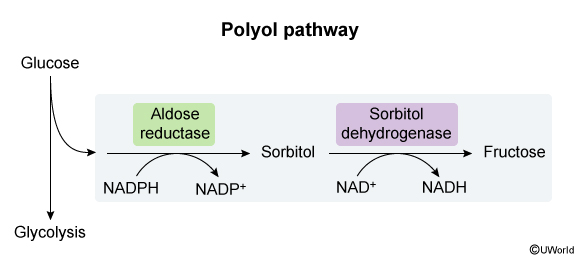
Figure 1
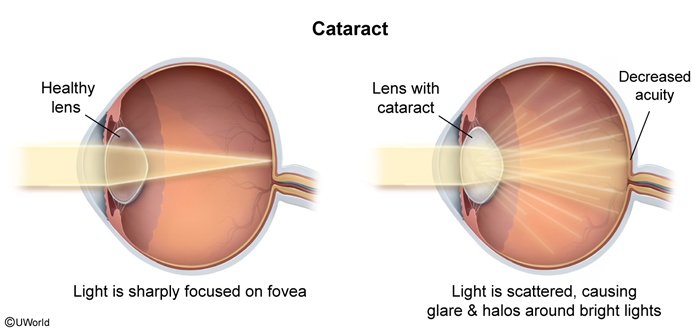
Figure 2
Images
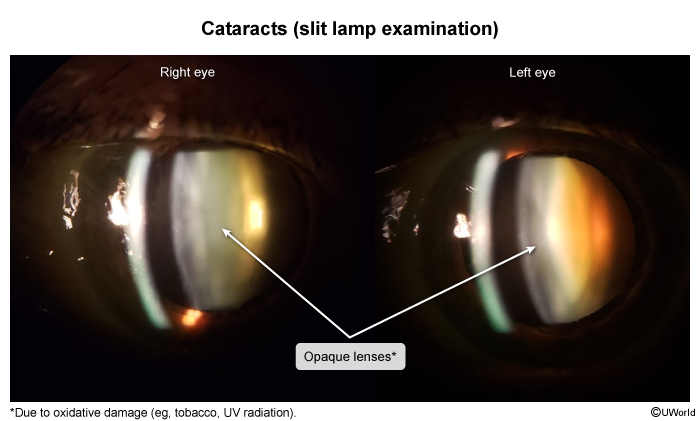
Image 1
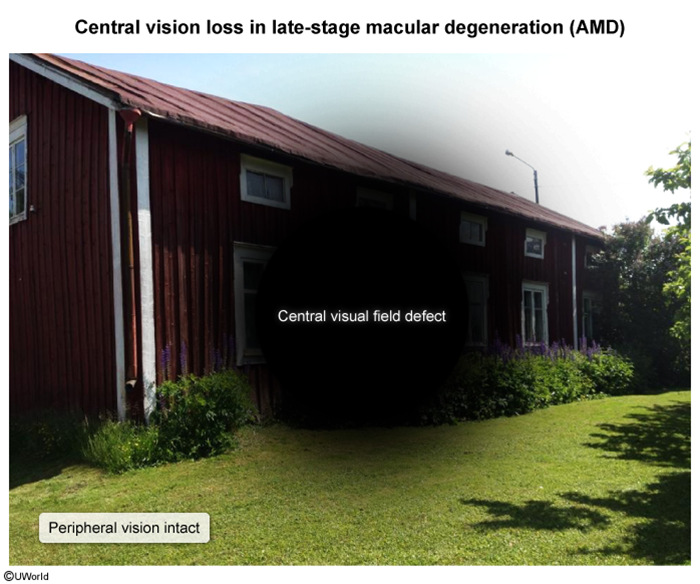
Image 2
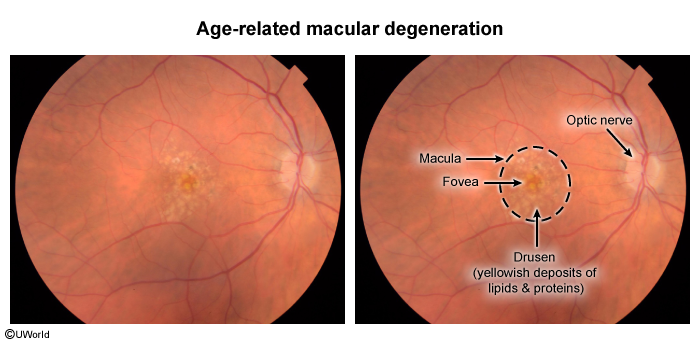
Image 3
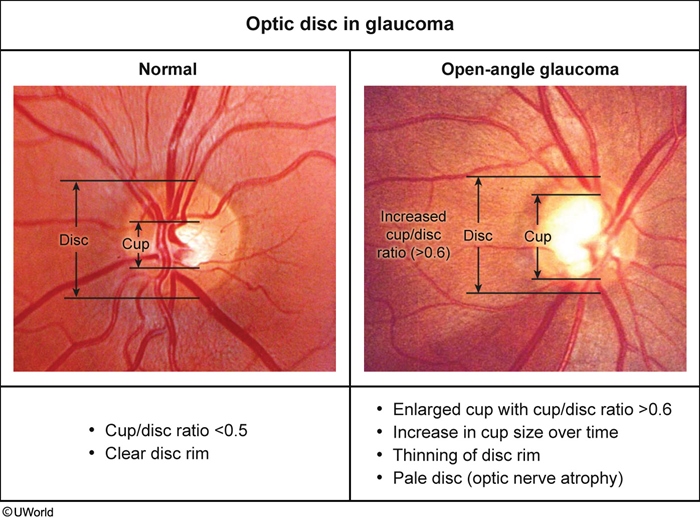
Image 4